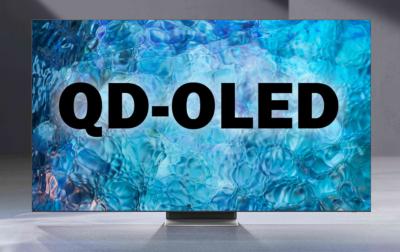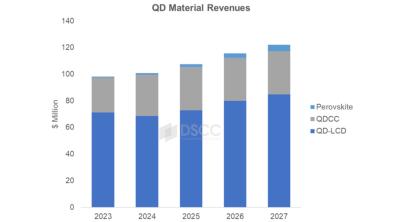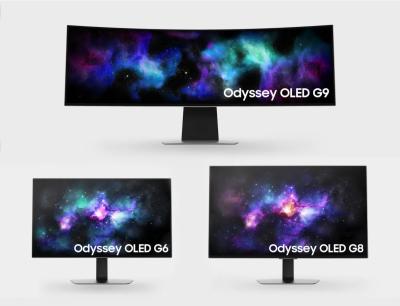Samsung shows an inkjet-printed 18.2" QD-EL prototype
During Displayweek 2024, Samsung demonstrated its latest display prototypes, focusing mostly on flexible OLEDs, and QD-OLEDs.
The company also showed a 18.2" 3200x1800 (202 PPI) 250 nits QD-EL display, that was produced using an inkjet-printing process, based on cadmium-free QDs.








